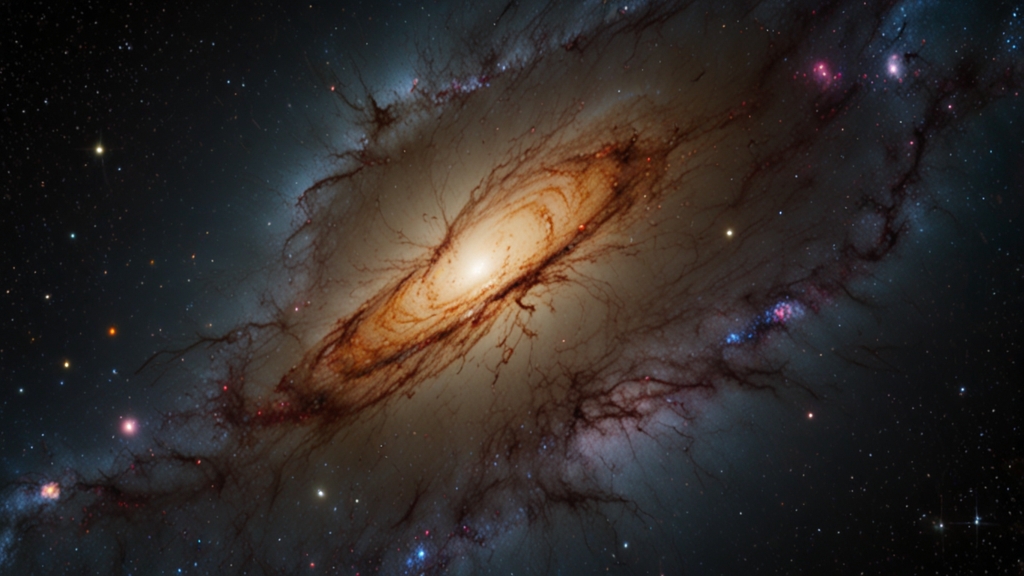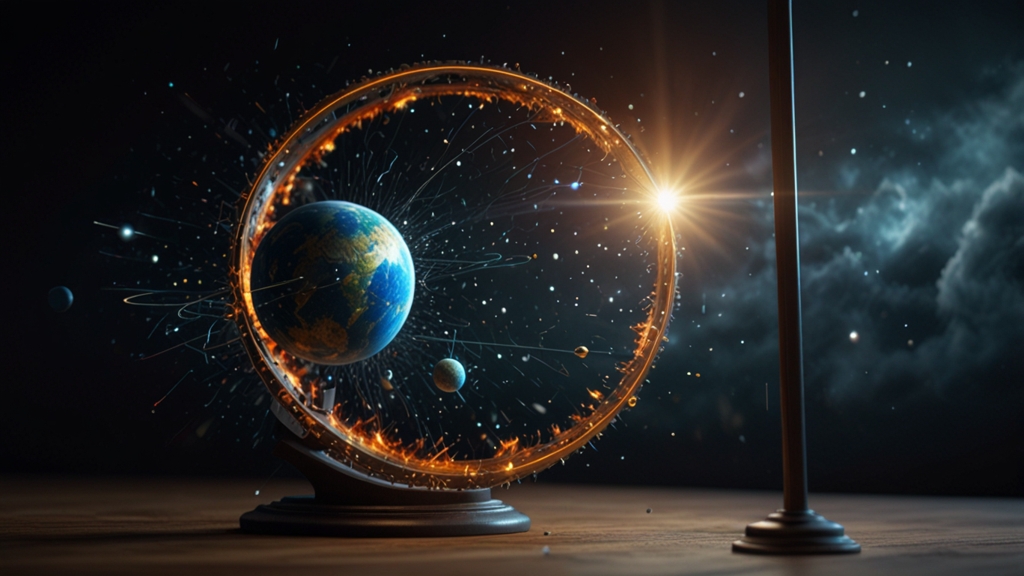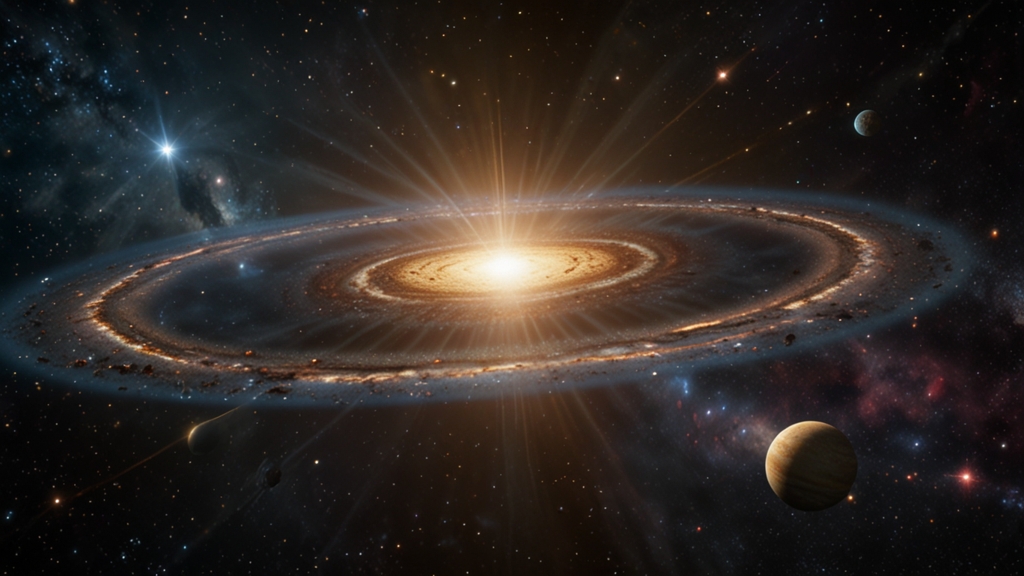Galactic Cannibalism: How Bigger Galaxies Devour Their Smaller Neighbors
The cosmos is a vast, intricate tapestry composed of countless galaxies, each with its own unique set of characteristics. Beyond their swirling arms and radiant cores lies a universe teeming with dynamic interactions. Among these phenomena is a captivating process known as galactic cannibalism. This process, in which larger galaxies consume their smaller counterparts, plays a crucial role in the cosmic ballet that sculpts the universe. Let's delve into the details of this celestial feast.
The Basis of Galactic Cannibalism
At the heart of galactic cannibalism lies gravity, the fundamental force responsible for the interaction between all masses in the universe. As galaxies drift through space, larger ones, with their significantly stronger gravitational pull, attract smaller, nearby galaxies. Over time, these smaller galaxies are drawn closer, initiating a slow and intricate amalgamation process.
Contrary to its grisly name, galactic cannibalism is often a staggered and gradual occurrence. It can take hundreds of millions to billions of years for a larger galaxy to completely assimilate a smaller one. During this time, various transformative events, such as starbursts and the formation of new stellar structures, unfold.
Observations of Galactic Cannibalism
Astronomers have documented numerous instances of galactic cannibalism, providing valuable insights into this cosmic phenomenon. The Milky Way itself is not a stranger to cannibalism. It has been gradually merging with the Sagittarius Dwarf Galaxy over the last billion years. Telltale signs such as dwarf galaxies being stripped of their stars, elongated streams of gas, and disrupted stellar formations offer a window into the cannibalistic acts.
"The universe seems neither benign nor hostile, merely indifferent to the concerns of such puny creatures as we." - Carl Sagan
Implications for Galactic Evolution
Galactic cannibalism significantly influences the evolutionary course of galaxies. When a larger galaxy merges with a smaller one, it can trigger a variety of astrophysical processes. For instance, the influx of new material can ignite star formation, resulting in a burst of new stars within the larger galaxy. The central black holes of the galaxies may also interact, merging to form an even more massive black hole that lies at the heart of the resultant galaxy.
Moreover, assimilating smaller galaxies can alter the morphology of the larger galaxy. Spiral galaxies may become elliptical through these mergers, leading to the familiar diverse shapes observed in the universe today. The combination of different stellar populations and interstellar material contributes to the rich and complex structure of the remnant galaxy.
Simulating Galactic Cannibalism
Advanced computational simulations have become invaluable tools for astrophysicists studying galactic cannibalism. These simulations replicate the gravitational and hydrodynamical interactions between colliding galaxies, allowing scientists to observe and analyze the transformation over cosmic timescales. By fine-tuning variables such as mass, velocity, and trajectory, researchers can predict the outcomes of galactic mergers, enhancing our understanding of the mechanisms at play.
"Galaxies are the factories of cosmic matter." - Vera Rubin
The Bigger Picture
Galactic cannibalism is a fundamental aspect of the structural and evolutionary framework of the universe. Despite the seeming destruction and chaos it brings, this process contributes to the ongoing cycle of matter and energy within the cosmos. It is a testament to the dynamic and ever-changing nature of the universe, where even galaxies are subject to constant metamorphosis and renewal.
Understanding galactic cannibalism deepens our comprehension of cosmic history and the forces that shape it. Each act of cannibalism, large or small, weaves into the broader narrative of the universe, reflecting the intricate interplay of matter, gravity, and time that have sculpted the celestial skies.
"Our own Milky Way is no mere spectator; it’s actively consuming nearby galaxies, slowly growing in mass and changing in structure. The universe is as ravenous as it is wondrous." - Anonymous
As we continue to explore the depths of space, the phenomena of galactic cannibalism will remain a poignant reminder of the ongoing dance of creation and destruction that governs the stars.











